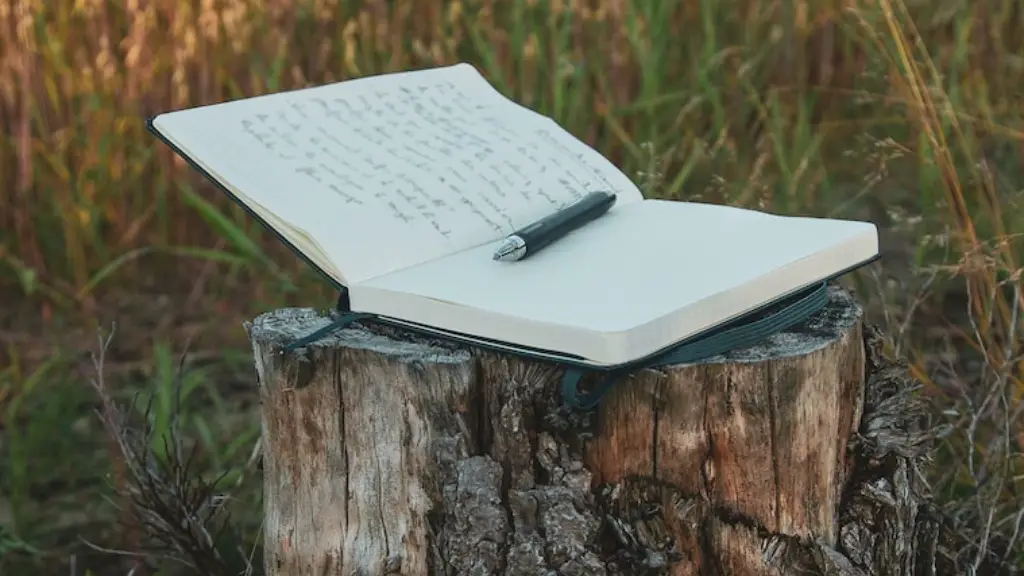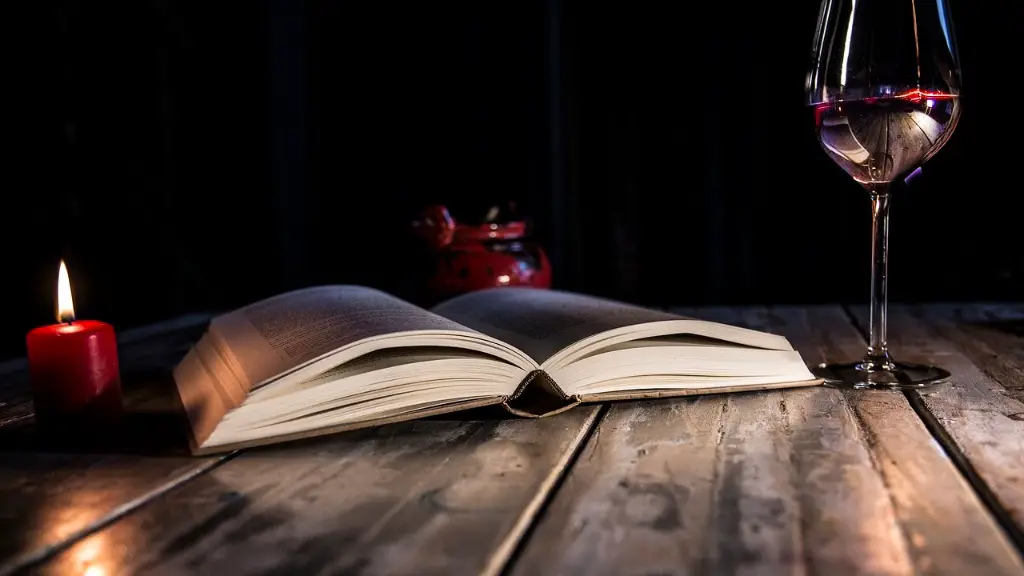Questions to Consider Before Analyzing Urdu Poetry
If you wish to truly understand and appreciate Urdu poetry, there are several core questions you should ask yourself before engaging with the works of famous poets. Firstly, what is Urdu poetry and is there a specific way it should be interpreted? Secondly, what is the overall purpose of Urdu poetry? Thirdly, how have the great poets used elements such as symbolism and metaphor to communicate a deeper meaning? These are all valid questions to ask yourself before deep diving into the many forms of Urdu poetry. In this article, we will explore the answers to all of these queries to help you get a better understanding of the rich diversity of this unique and captivating art form.
What is Urdu Poetry?
Urdu poetry is a particular type of poetry written primarily in the Urdu language, which is spoken by over 250 million people around the world. Urdu poetry is often said to be infused with a spiritually elevated passion, which is reflective of the inspirational, passionate, and emotive nature of the language itself. Besides its inherently spiritual nature, Urdu poetry also stands out for its sublime use of imagery, metaphors, and other literary devices.
The poetic devices used in the works of great Urdu poets such as Faiz Ahmed Faiz and Mirza Ghalib are deeply rooted in the various forms of traditional Urdu literature, such as Qasida, Marsiya, Nazm, Ghazal and Qat’a. Each of these distinct forms has its own unique style, structure, and literary elements. Therefore, it is necessary for a reader to distinguish between these forms when attempting to analyze the work of a poet.
Overall Purpose of Urdu Poetry
The overall purpose of Urdu poetry is to tell stories through compelling and emotive language. Traditionally, Urdu poetry was used to narrate stories of love, sorrow and joy as well as comment on socio-political issues. As time passed and new poets emerged, the purpose of Urdu poetry evolved and began to express modern issues and perspectives.
Regardless of the purpose, the works of Urdu poets continually combine the power of language with the power of creativity to evoke powerful emotional reactions from the reader. To do this, the poets employ strategic and emphatic devices such as imagery, similes, metaphors and paradoxes. Utilizing these techniques, poets can give greater depth to their work and paint beautiful mental images for their engaged readers.
The Use of Symbolism
Symbolism is a powerful tool employed by Urdu poets to convey a specific emotion or to convey a hidden meaning within a certain context. By utilizing symbolism, poets are able to evoke powerful emotional reactions from their readers while also giving their work an added layer of complexity, allowing them to explore more abstract ideas and feelings.
Symbols have been used in Urdu poetry throughout history, but the most famous example is the beloved poet Mirza Ghalib’s use of the Taj Mahal in his works. For Ghalib, the Taj Mahal symbolized love, heartbreak, and tragedy, and the emotion he was able to evoke by using this powerful symbol is captivating. By conveying these emotions in such a powerful way, Ghalib established himself as one of the most renowned Urdu poets of all time.
Metaphors and Similes
Metaphors and similes are commonly used devices in Urdu poetry. By using metaphors and similes, poets can give their words and descriptions greater punch and meaning while at the same time conveying abstract messages and feelings. A well-known example of metaphors and similes in Urdu poetry is Faiz Ahmed Faiz’s use of imagery and figures of speech in his famous works. In his poem, “Hum Dekhenge”, Faiz successfully conveys his message of hope and resilience for the future by employing poetic techniques such as metaphors, similes and symbolism.
Metaphors and similes are also commonly used to convey a certain emotion or point of view. For example, poets may use a metaphor to portray love in a new light or to compare sorrow to a dark night. By skillfully employing metaphors and similes, poets can make powerful statements that leave a lasting impression on their audience.
Importance of Reading
To truly understand Urdu poetry, it is important to read a variety of different works. Although no single person can master all of the poetic techniques employed by Urdu poets, reading a wide variety of poems can aid in your understanding of the language, the poets, and the art of poetry itself. It is also beneficial to note the different techniques used in the works of different poets as this can help you identify the linking themes and elements in the poems. Moreover, reading will allow you to understand the deeper meaning of the works and appreciate their true beauty.
Conclusion of Reading Critically
In conclusion, reading and critically analyzing Urdu poetry can help you to better understand the unique beauty and spirit of the language. By asking yourself the pertinent questions and reading various works, you can become more familiar with the language and identify the various poetic devices used by poets throughout history. Additionally, reading will also enable you to gain a greater appreciation for the many forms of Urdu poetry and the timeless wisdom they offer.
In-Depth Knowledge of Urdu Poetry
To truly understand Urdu poetry, it is essential to have a good knowledge of Urdu culture and history. By understanding the cultural context in which Urdu poetry originated, you will be better equipped to comprehend the literary devices used by poets and gain insight into the various forms of Urdu poetry. In addition to learning about the culture and history, it is also important to familiarize yourself with the major poets and their works in order to obtain a better understanding of the language.
Also, staying up to date with the latest works of contemporary poets is an important step in mastering Urdu poetry. Additionally, with the advent of technology, one can easily access information about popular Urdu poets and their works with the help of various digital resources. Therefore, no matter where one is, they can keep their knowledge up to date through continuous study.
Implications of Urdu Poetry in Society
Urdu poetry has had a significant influence on the history and culture of the Indian subcontinent and the wider world. For example, some of Mirza Ghalib’s works have even been adopted as the national anthems of various countries. Moreover, Urdu poetry has also had an influence on Indian cinema, and is often used in films and TV shows to convey a certain emotion or point of view.
In addition to its cultural and entertainment value, Urdu poetry can also be seen as a form of activism. By exploring the themes and messages in works written by poets from oppressed backgrounds, readers can gain insight into the various struggles faced by their communities. By educating others about their struggles, these poets are helping to spread awareness of marginalised voices and create a platform for discourse.
Elements of Urdu Poetry to Explore
When exploring the works of Urdu poets, it is important to analyse not only the words of the poems, but also the structure and literary devices used. Generally, most Urdu poetry is written in a rhythmic form, and the poets often employ thought-provoking elements, such as symbolism and metaphor, to accompany their words. Additionally, poets often use imagery to depict abstract concepts and feelings in a more concrete manner, allowing the reader to more easily understand the message conveyed in the poem.
Furthermore, Urdu poetry is also known for its use of paradoxes and allusions, which offer an additional layer of complexity and meaning to the work. Additionally, poets also tend to employ rhythm, rhyme, rhetoric and puns in their works, all of which not only add emotional depth to their writings but also give the reader a greater appreciation of the unique art form known as Urdu poetry.
Tools to Practice Urdu Poetry
To gain mastery of Urdu poetry, it is important to practice different writing styles and poetic devices. It is also advantageous to practice writing your own poems, as this allows you to grow in both confidence and ability. Additionally, practice readings are a great way to sharpen your skills in terms of interpretation and understanding the context of a poem.
Moreover, it is also helpful to search for online tools and resources to help you practice Urdu poetry. By using a variety of materials to expand your knowledge, you can gain a better appreciation and understanding of Urdu poetry and its different forms. Additionally, you can use online quizzes and forums to test your knowledge and gain further insight.
Recognizing the Value of Urdu Poetry
The power and beauty of Urdu poetry should never be underestimated. To master this art form and gain an appreciation of its unique spirit, there are certain steps one must take. Firstly, it is essential to understand the language and its various forms. Secondly, reading a variety of works and attempting to identify the different poetic techniques used is important. Additionally, it is vital to stay up-to-date with the works of contemporary poets. Finally, practice-reading and writing exercises should be employed in order to build up confidence.
In short, to truly understand the spirit of Urdu poetry, one must be willing to put in the effort and commit themselves to understanding its various forms and techniques. Fortunately, if one cannot write in Urdu, they can still gain an appreciation of the language through reading the works of well-known poets and other literary enthusiasts.





